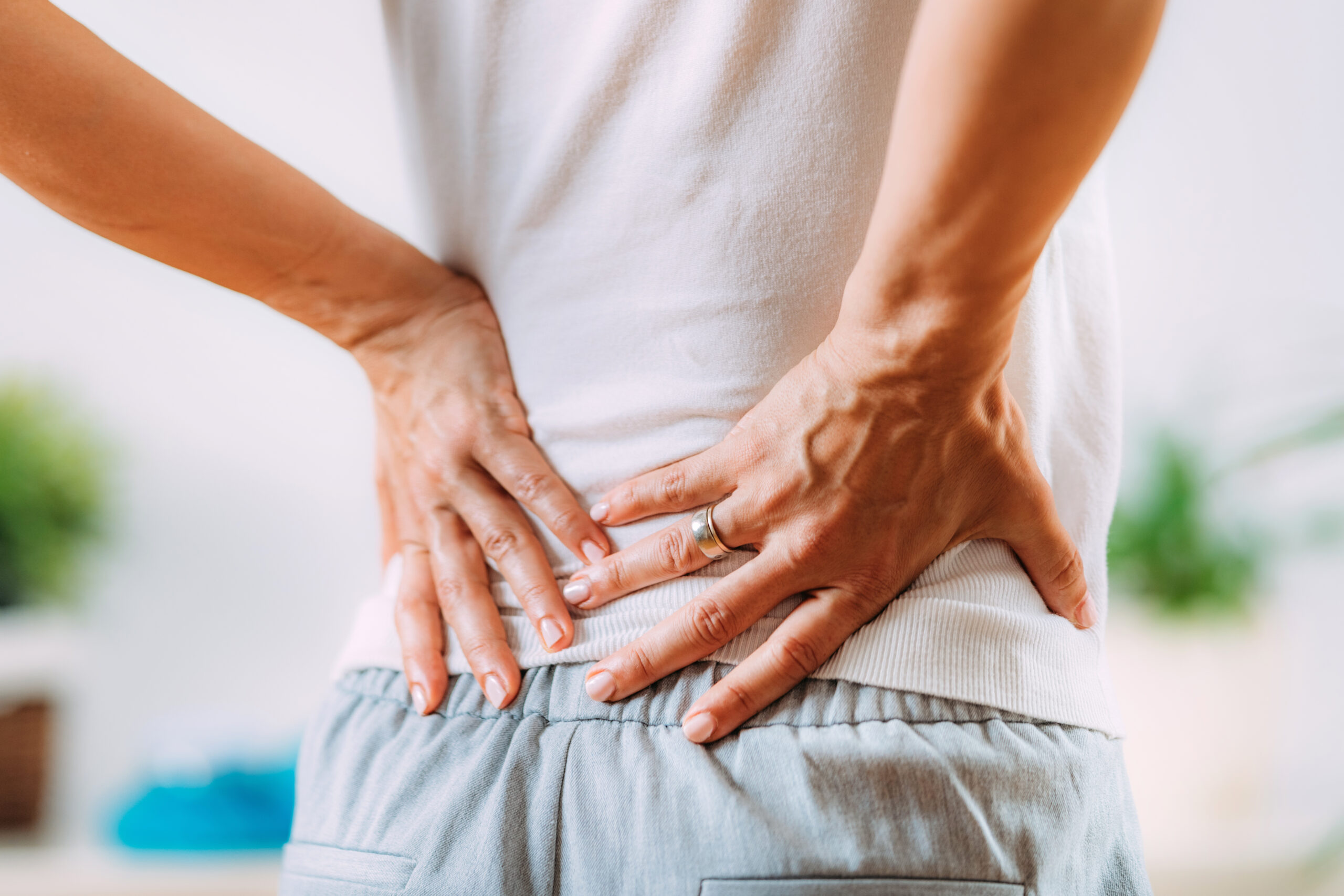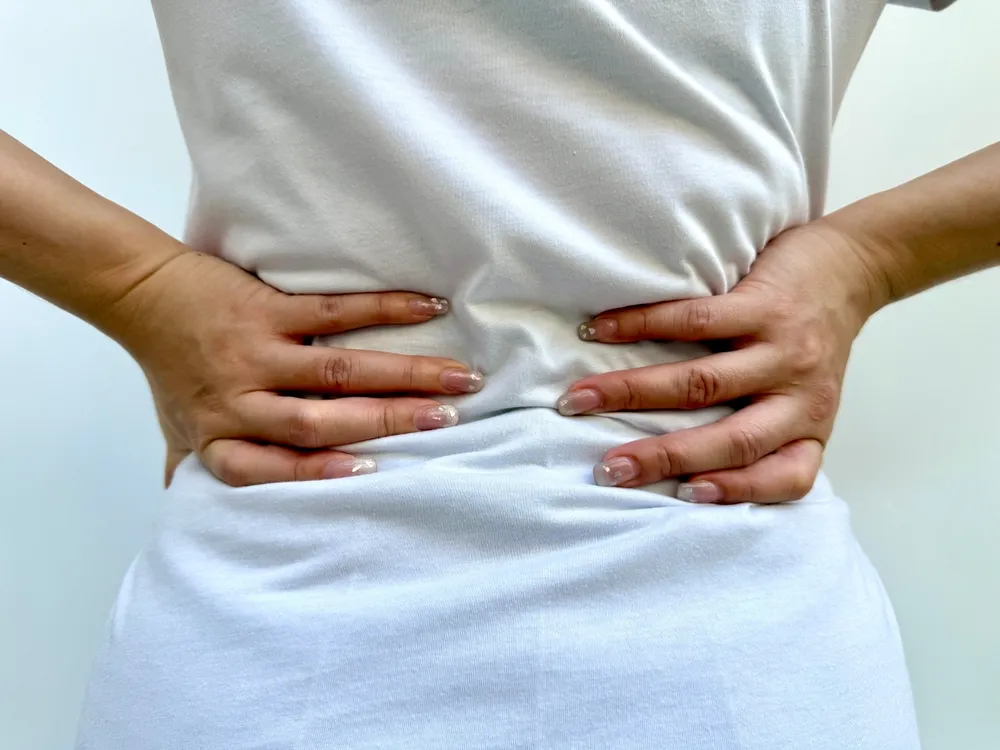Walking is not only an essential part of moving around and living an independent life, but it’s also a great exercise. But what many people don’t expect is the lower back pain that can occur after walking around. So that’s why in this article, we explain why many people get lower back pain from walking and how to prevent it from happening. Read on to find out!
Understanding Lower Back Pain
First, let’s understand the reasons that lead to lower back pain. The most common reasons for it include poor walking posture and technique, incorrect footwear, and weak or tight muscles. And although a simple movement, walking worsens these factors and brings further pain to the lower back.
Walking Technique and Posture
How does your walking posture affect your lower back? Having a bad walking posture or technique creates more stress and strain on the ligaments, joints and muscles in the lower back. Long term, walking with a poor posture only makes this pain worse, causing you pain when standing and walking. In some cases, the pain caused by a combination of these issues has large affects on quality of life, preventing independence and debilitation.
Incorrect Footwear
Wearing incorrect shoes also have a big role to play when it comes to your lower back pain from walking. There’s a number of ways that the wrong shoes can cause your pain, including a lack of arch support, poor cushioning, and instability while walking.
Not enough support for your foot’s arch can cause your foot to roll over excessively, changing your posture in the process. A lack of cushioning sends excess shock while walking up your spine. And a poor fit also changes your walking posture through imbalance and discomfort. Speaking to a podiatrist is a great solution to check if your footwear is suitable for you.
Weak Muscles
Another big factor when it comes to lower back pain from walking is having weak muscles. Specifically, your core muscles play a major part in supporting your body weight while walking. Weak muscles in the core cause the spine to take on more of the work in stabilising your body during walking, and this then leads to pain afterwards.
Prevention And Management of Lower Back Pain From Walking
Warm-up and Stretching
To reduce lower back pain from walking, there are a few warm up and stretching methods that we recommend. These are:
- Gentle Power Walk: A light power walk helps to stretch out your muscles and raises your heart rate in a gradual manner. It also creates more blood flow throughout your body. Combined, a gentle power walk helps your body, especially for longer walks.
- Leg Swings: Targeting your hamstrings and hip flexors, leg swings release any tension and tightness contributing to lower back pain from walking. Using a wall for support, swing a single leg forwards and backwards 10 to 15 times and repeat for the other leg.
- Knee-to-chest Stretch: This stretch helps release tension in the lower back whilst stretching glute muscles and hip flexors. Lying on your back with legs laying flat, slowly bring one knee up to your chest and hold it gently with your hands. Hold this position for 30 seconds and then repeat for the other leg.
Massage
Getting a massage is another great way to manage and relieve your lower back pain from walking. Massages have become a popular option in recent years by releasing the tension and inflammation that builds up after walking. And not only do they give physical benefits, but they’re also a great alternative to pain relievers and creams. Getting a massage with a massage chair is our recommendation, with it giving you ultimate freedom to get your massage whenever you want and however often you want.
Correct Walking Technique
So how do you fix your posture? Here’s a few tips on how to walk correctly:
- Stand straight and tall: Keep your back straight, with your head up and aligned with your spine. Relax your shoulders and keep your chest open to avoid hunching. Remember to keep your abdomen pulled in slightly to keep your spine aligned with your hips.
- Activate your core: Keeping core muscles engaged while walking helps to stabilise and support your spine while walking. The load of your upper body weight gets distributed more evenly throughout your body, reducing pressure on the lower back.
- Align the pelvis: Maintaining a neutral position for your pelvis that is tilted neither too far forward or backward is important to have a natural shaped curve for your spine.
- Take smaller strides: Having big steps when walking puts unnecessary strain on your back. Instead, take smaller and more comfortable steps to balance your walking pattern.
- Swing your arms: Believe or not, swinging your arms in a moderate and natural way reduces the effort needed to walk. This will also help reduce lower back pain from walking by simply making the entire process easier.
Strengthening Your Core
Other physical activities are also great for strengthening your core, which is a key player when it comes to stabilising your back during movement. Some great exercises include:
- Planks: A simple and effective way to strengthen your core muscles, planks are perfect even for beginners. With feet and forearms on the floor and an otherwise straight body position, hold this pose for 30 seconds. If that’s not possible, hold the pose for as long as possible. Increase the amount of time to progress and strengthen your core.
- Bridge pose: This exercise focuses on the core and glutes at the same time. Lying on your back with bent knees and feet on the floor, lift up your hips off the floor and hold for 30 seconds.
Should I Seek Professional Help?
For those who experience severe and constant pain while walking or standing, we recommend seeing a medical professional. Physical therapists, such as physiotherapists and exercise physiologists, are the best options to relieve your pain. The expert physical therapy they provide may be the key to finding a diagnosis and solution for your lower back pain.
Get Rid of Your Lower Back Pain
Understanding the causes of your lower back pain from walking and following our steps for prevention and management are key to curing the pain. And for massage chairs that relieve the lower back pain you’re experiencing, check out the range of full body massage chairs from OSIM! With developmental help from osteopathic and chiropractic experts, these massage chairs help relieve your pain. Browse and shop the range today!




